
Buy It
It's out.

Latest Trailer
Throw a wrench, change the galaxy.

Screenshots
Mostly nebulae.

Platforms
Windows, dunno about others

Team
Design, Code, Writing
Art
Code
John Winder
Music
Chris Harvey
Site
Tom Francis
John Roberts

Help Me Learn Finite State Machines For Guard AI In Heat Signature
I have long known that ‘Finite State Machines’ are a thing I should be using, but when I try to read up on them, the explanations are either hopelessly vague or incredibly specific to a language and situation I don’t understand.
I whined to Mike Cook about this, and he said something to the effect of, “When you read up about Finite State Machines, it sounds like they’re this one specific agreed-upon thing, but every time you talk to an actual programmer about them you’ll get a different version of what they are.”
But! I am determined to try them in Heat Signature, and I have just reached that point where there’s enough AI an animation stuff going on that I need some kind of system to manage it. So I’m going to explain how I plan to use one, and if you’re a programmer, perhaps you can warn me of any problems I’m making for myself.
If you’re not, or if you’re learning, maybe you’ll get something out of how hopelessly I’ve failed at this so far. Continued
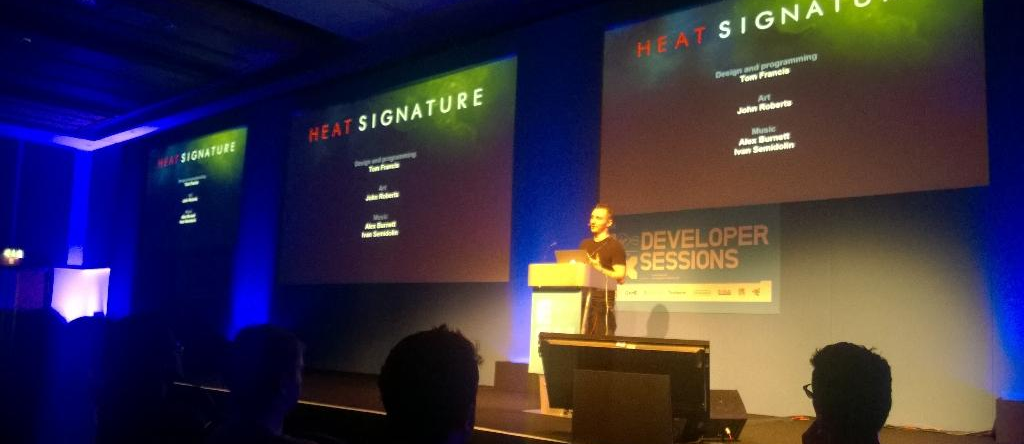
Showing Heat Signature At Fantastic Arcade And EGX
I’ve been away the last two weeks, showing Heat Signature first at Fantastic Arcade in Austin, then at EGX in London. I’ll show you what that all looked like below, but first I’ll embed my EGX talk so you can play that and look at the photos during the boring bits. From about 5 minutes in, you can see Heat Signature with some of the new art and music. Continued
Introducing The Heat Signature Team
Last month I made a new video of my ugly prototype for Heat Signature and put out an open call for artists and composers who might wanna work on it. When I did the same thing for my first game Gunpoint, around 30 artists and 40 composers applied. For Heat Signature, 81 artists and 232 composers applied. This was extraordinary and flattering, then daunting, then impossible, then exciting once I finally had my decision, then absolutely horrible when I had to tell everyone I hadn’t picked. You don’t really know how many ‘313 people’ is until you have to say no to 310 of them.
My deep, deep thanks to the amazingly talented people who applied, it meant a huge amount to me that people of your calibre were interested in my thing.
Here’s who I picked: Continued
Update On Heat Signature Applications
Just a quick update to say I am still going through the Heat Signature applications. Sorry it’s taking a while – if you didn’t see on Twitter, I got 81 applications for the artist position and 232 for composer. So I am endlessly listening to and re-listening to samples, rigging up makeshift dynamic music systems in-game to see what kind of things work, burying myself in reams of notes, and making impossible choices. Pretty soon I should be able to let applicants know individually where we’re at, and a while after that I’ll be able to announce a decision. The standard of submissions is amazing – the final game is going to be a thing of beauty.
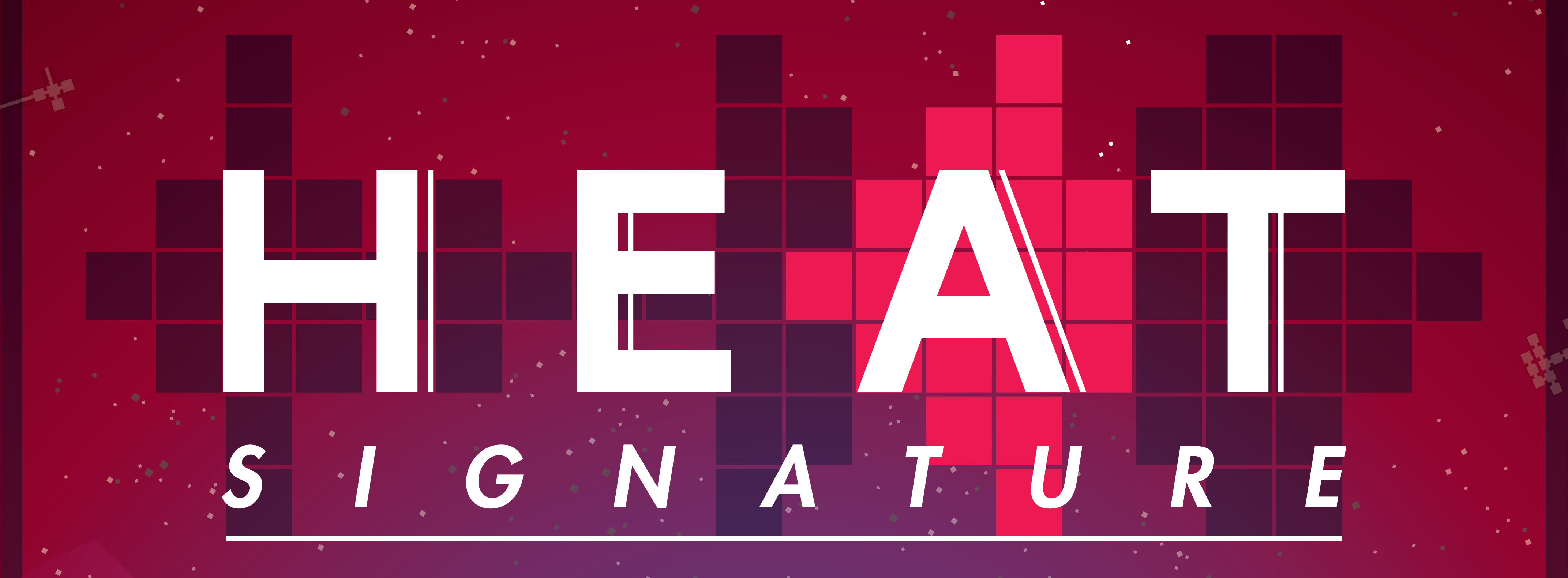
Heat Signature Playable At EGX And Fantastic Arcade
Heat Signature will be playable at two different events next month, in the UK and the US!
18-21 September: Fantastic Arcade at the Alamo Drafthouse in Austin, Texas, US
25-28 September: Eurogamer Expo (EGX) in Earls Court, London, UK
I’ll be at both events to talk you through it and answer any questions with “I don’t know,” “No,” or “We’ll see.” I’ll also be doing some form of presentation at each, probably involving playing the game myself and explaining my plans.
Earlier this year I also made a game with artist and designer Liselore Goedhart, in which two players steer the tongues of anteaters and battle each other like disgusting slithery light-cycles as they compete for ants. That’s SimAntics: Realistic Anteater Simulator, and it will also be playable at Fantastic Arcade!
And for EGX, I commissioned my friend and graphic designer Natalie Hanke (who I worked with on Distance) to create this spectacularly pink poster! Continued

Heat Signature Needs An Artist And A Composer
I’ve now made enough of Heat Signature to be fairly sure of what it is, which means a) here’s a new trailer!
And b) I’m ready to start looking for an artist and a composer to work with!
Update: the deadline has passed and applications are now closed! We got a lot! More as I sort through them.
I’d like to do it the same way I did for Gunpoint, with Open Submissions. That means anyone can send in a sample of what they can do, and I’ll pick the best artist and the best composer based on that. In this post I’ll explain loads about what we’re looking for, but the highlights are:
✓ Paid!
✓ No experience required!
✓ Work from anywhere!
✓ Flexible hours!
✓ Game already works!
✓ Application deadline: [EXPIRED!] Continued
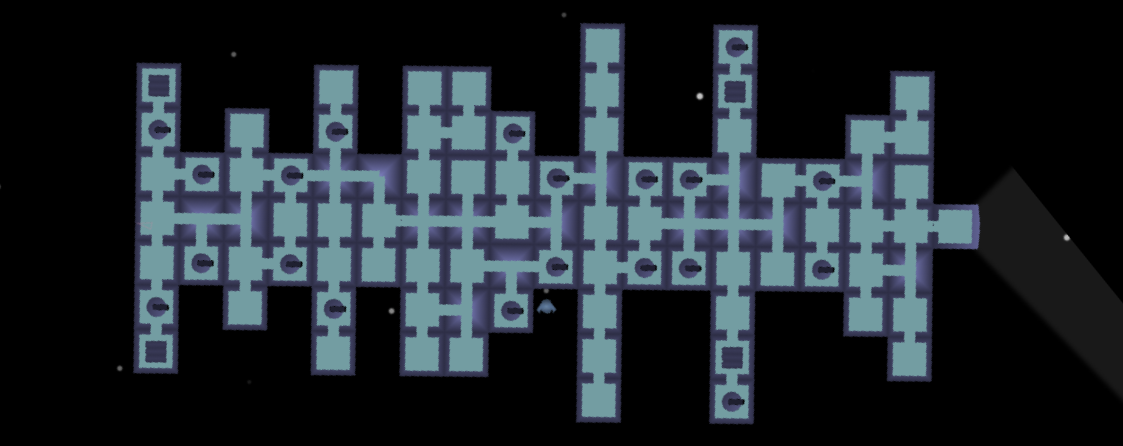
Improving Heat Signature’s Randomly Generated Ships, Inside And Out
I started making Heat Signature mainly to figure out if the mechanics would be as fun as they seemed in my head, so I built all its systems in the cheapest, fastest, simplest possible way. That worked – it’s now got to the point where I’m laughing out loud at something ridiculous happening most times I play.
But the slapdash way I built it has the following problems: Continued
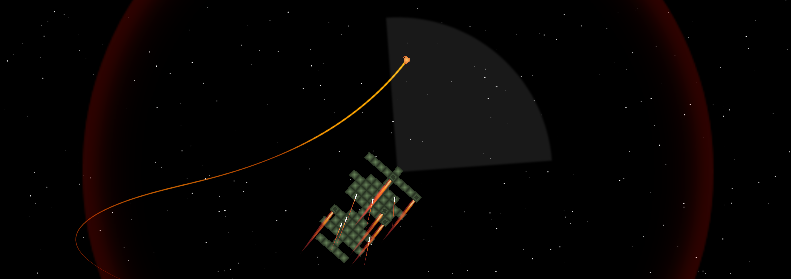
Heat Signature Development Time-Lapse: 5 Months In 2 Minutes
The reason it’s been a while since I last showed off my space stealth game, Heat Signature, is that I want to use the next video to put out a call for artists and musicians to hire. So it needs to show enough new stuff that the press might cover it, people might share it, and it might get seen by more people.
Don’t apply for either of those jobs yet, though! The other thing I need to do before then is nail down enough of the game’s underlying tech to be sure of precisely what kind of art and music it needs. The way it’s coded right now is rather glitchy, so now I have to investigate whether it’s the fixable kind of glitchy, or the “Fuck this and try a different method entirely” kind of glitchy.
Time lapse
So I’m not going to show much of its current state, but I did put together a time-lapse of everything I’ve done so far: Heat Signature’s five month development in 2 minutes. Continued
Heat Signature’s First Four Objective Systems And Why They All Sucked
I’ve been designing and trying various ways for you to make progress towards your objective in Heat Signature, and four bad iterations have led me to a surprising conclusion.
Jerk, Jounce And Rates Of Change
Yesterday I tweeted from the Heat Signature account about avoiding a tricky problem with homing missiles by just increasing their acceleration over time – I called it AccelerationAcceleration. Today, Coriolinus replied to say that the scientific name for this is actually ‘jerk‘. This is amazing, and so is the Wikipedia page about it. Continued
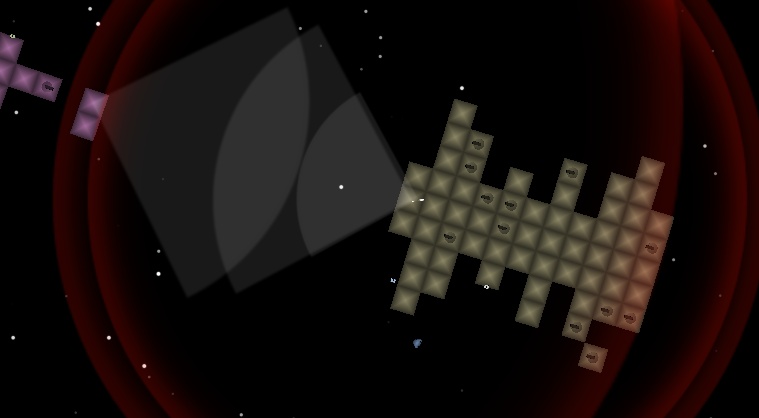
Ending A Space War With A Punch In Heat Signature
The next thing I wanna let you do in Heat Signature is take the helm of an enemy ship and fly it yourself. But right now, things go very screwy if you’re on a ship as it accelerates. So I’m redoing all the relative velocity code to make sure the contents of a ship stay stable while it’s jerking around.
I was testing the new code just now, and headed for a small ship to dock with it. Continued
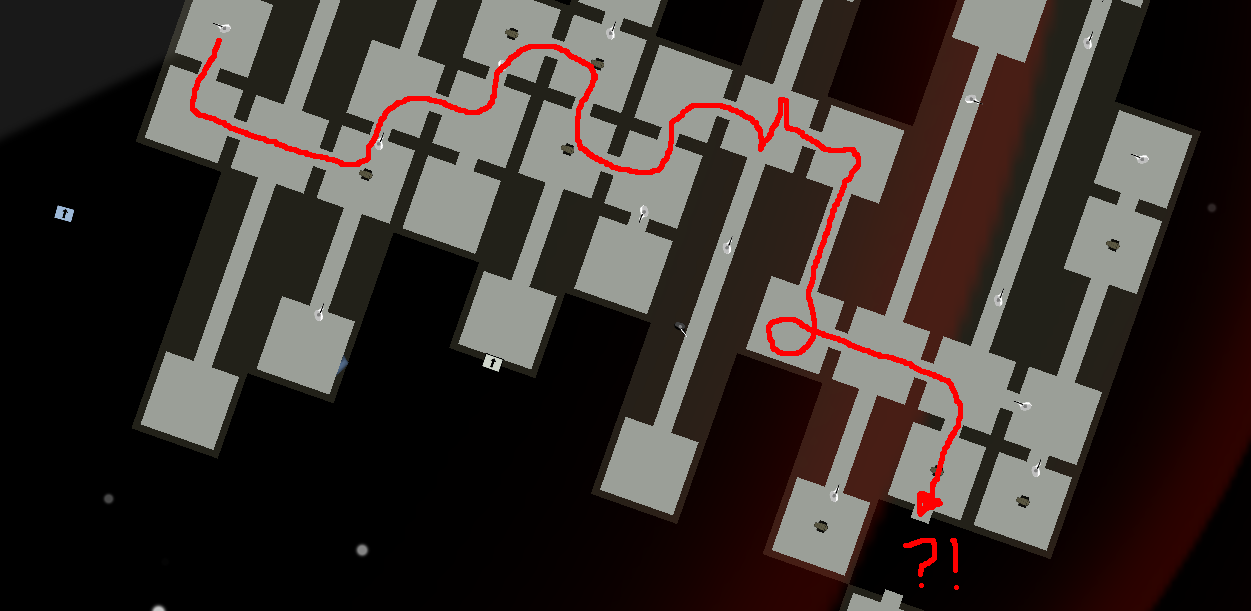
Pathfinding In Heat Signature’s Randomised, Modularly Destructible Spaceships
Updated! see bottom of post.
Heat Signature is a game about randomised space ships that you can sneak aboard. These ships have a randomly generated interior of connected rooms and corridors, and crew that patrol those rooms.
Right now, there’s no pathfinding: the crew roam randomly. At some point, though, you’ll be able to set off alarms or cause other disturbances that the crew should run to. So the problem is: how do find a route to that room? Specifically, how do they find the shortest route to that room? Continued
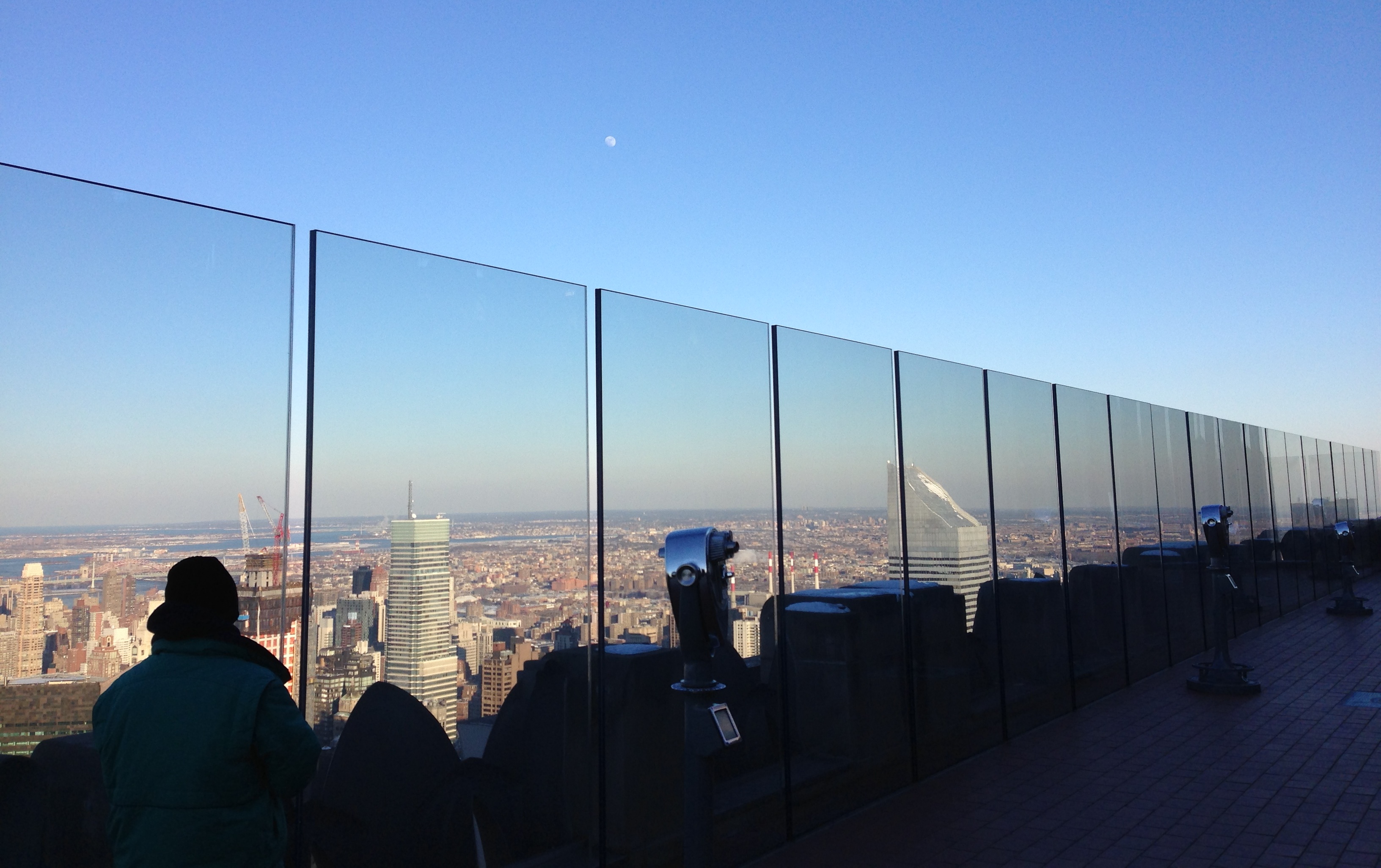
How IndieCade Went For Heat Signature And The Grappling Hook Game
IndieCade East was lovely. It’s a convention in New York, held at the Museum of the Moving Image, consisting mostly of people giving talks about games or showing their games. For example, Zack Johnson talked to Margaret Robertson about the crazy 11-year history of his still actively developed web game Kingdom of Loathing: Continued
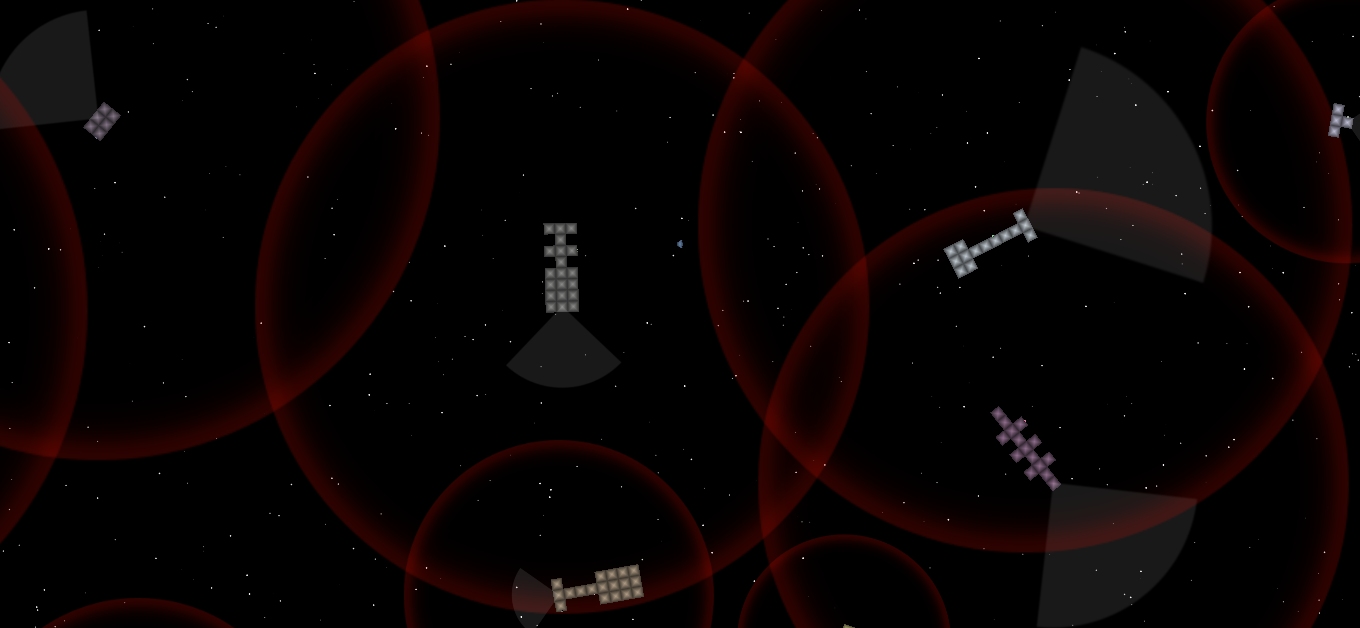
Randomly Generating Simple Spaceships In Heat Signature
The way Heat Signature randomly generates its ships at the moment is very basic – I’m new to random generation, and I don’t polish or improve things until all the other systems are in.
Its process for the ship’s shapes is probably obvious from the video: Continued
The Heat Signature FAQ
People often ask me: “Tom, frequentlyAskedQuestion[floor(random(frequentlyAskedQuestion.Count))].”
“Well,” I tell them… Continued





